How a Fingerprint Scanner Works: Understanding the Technology Behind Biometric Security
 Ayan
Ayan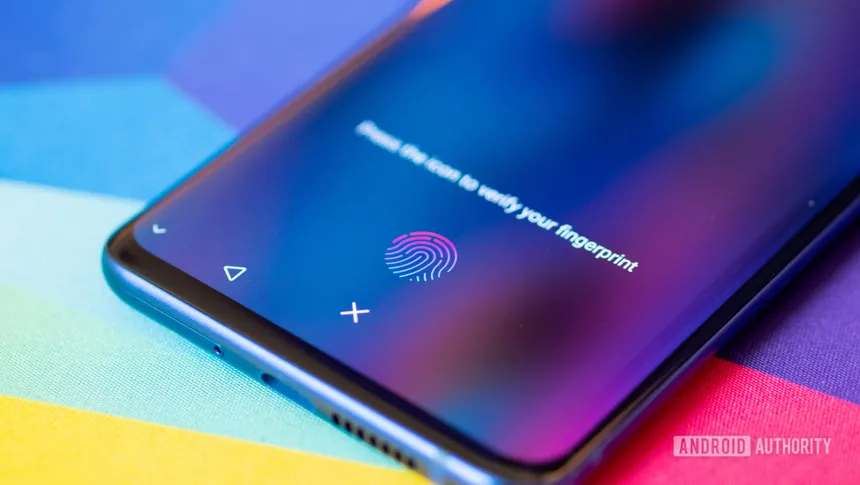
Fingerprint scanners have become a ubiquitous part of modern security systems, providing a convenient, reliable, and secure way to authenticate users. From unlocking smartphones to verifying identity at workplaces, airports, and banking systems, fingerprint technology has revolutionized personal security. But how exactly does a fingerprint scanner work? This article explores the core principles behind fingerprint scanners, the different types of scanners, and the technology that powers them.
1. The Science Behind Fingerprints
Fingerprints are unique patterns of ridges and valleys (also called friction ridges) on the surface of human skin, particularly on the fingers. These patterns are formed in the womb and remain unchanged throughout an individual’s life. Because no two people (even identical twins) have the same fingerprint, they provide a powerful tool for personal identification.
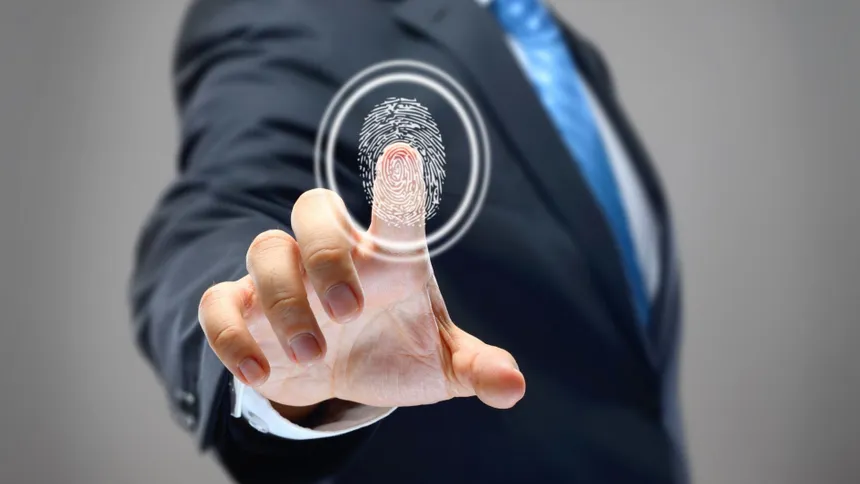
2. How Fingerprint Scanners Capture Fingerprints
Fingerprint scanners work by capturing an image of your fingerprint and then using algorithms to compare it against a stored template. There are three main types of fingerprint scanners that use different methods to capture the fingerprint image:
Optical Scanners
Capacitive Scanners
Ultrasonic Scanners
2.1 Optical Scanners
Optical scanners use light to capture an image of your fingerprint. When you place your finger on the scanner, the surface of your finger is illuminated by a bright light, typically an LED. A camera or an array of photodiodes captures the reflected light from the fingerprint, creating a digital image.
How It Works: The bright ridges of your fingerprint reflect more light, while the valleys reflect less, creating a contrast. This contrast is analyzed to form a black-and-white image of your fingerprint. The system then compares this image to previously stored fingerprint data.
Pros: Optical scanners are inexpensive and widely used in various devices.
Cons: They can be fooled by high-quality fingerprint images or impressions, making them slightly less secure compared to other types of scanners.
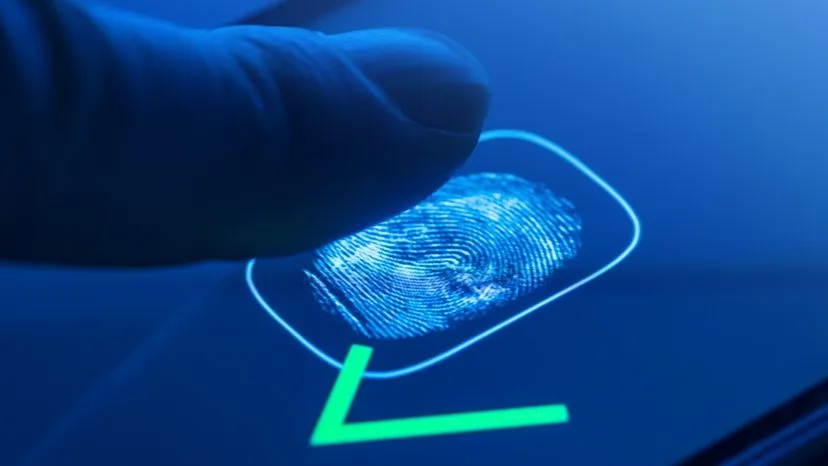
2.2 Capacitive Scanners
Capacitive fingerprint scanners are the most common type found in smartphones. They rely on the electrical properties of the skin rather than light to capture the fingerprint.
How It Works: Underneath the scanner surface, there are thousands of tiny capacitors arranged in a grid. When you place your finger on the scanner, the ridges of your fingerprint make contact with the capacitors, changing the electrical charge. The valleys, on the other hand, do not make contact, leaving the charge unchanged. The system uses these charge variations to create a detailed 3D map of your fingerprint pattern.
Pros: Capacitive scanners are more secure than optical scanners because they measure depth and physical contact, making it harder to spoof.
Cons: Capacitive scanners can be more expensive and less durable over time compared to optical scanners.
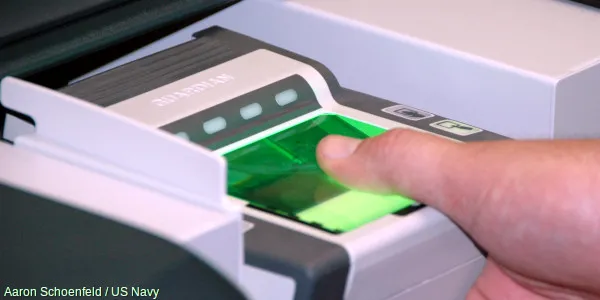
2.3 Ultrasonic Scanners
Ultrasonic scanners are the newest and most advanced type of fingerprint scanner. They use sound waves to create a detailed 3D image of the fingerprint.
How It Works: When you place your finger on an ultrasonic scanner, it sends out high-frequency sound waves. These waves penetrate the outer layer of the skin and bounce back. The scanner measures the time it takes for the sound waves to return and analyzes how they interact with the ridges and valleys of your fingerprint. This creates a highly detailed and secure 3D map of your fingerprint.
Pros: Ultrasonic scanners provide superior security and accuracy because they can detect the depth and density of skin, making them resistant to spoofing methods like fake fingerprints.
Cons: These scanners tend to be more expensive and are mainly found in premium devices.
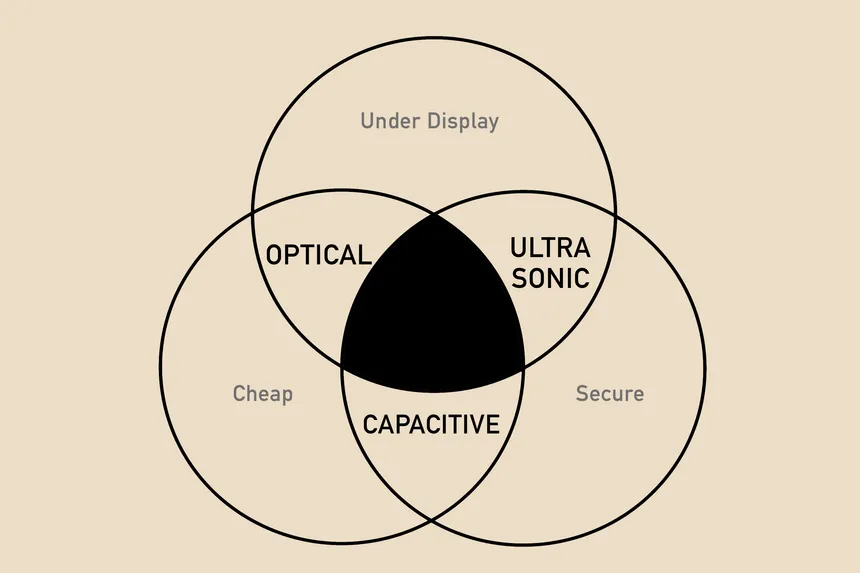
3. Fingerprint Recognition and Matching Process
Once a fingerprint is captured, the scanner processes the image or data by converting it into a digital template. Instead of storing the entire fingerprint image, the system extracts key features from the ridges and valleys, such as the endpoints of ridges or where ridges bifurcate. These points are called "minutiae."
Template Creation: The system creates a mathematical representation (template) of these minutiae, which reduces the amount of data stored, making the process faster and more secure.
Matching: When you try to unlock your device or authenticate with a fingerprint, the scanner captures a new image of your fingerprint and compares it with the stored template. This matching process uses algorithms to measure the similarity between the two sets of data. If they match, access is granted; if not, access is denied.
4. Security Considerations
While fingerprint scanners provide a convenient and secure method of authentication, they are not without risks. Some advanced hacking techniques, such as creating synthetic fingerprints or spoofing with high-resolution images, have been successful in bypassing older fingerprint scanners. However, newer technologies, like ultrasonic scanners, are more resistant to these attacks.
Fingerprint data is often stored locally on the device in a secure enclave, preventing it from being stolen via hacking. Additionally, biometric data is encrypted and cannot be reverse-engineered into a fingerprint image, ensuring user privacy.
5. Applications of Fingerprint Scanners
Fingerprint scanners are widely used in various industries due to their ease of use and accuracy. Common applications include:
Smartphones: Unlocking devices, authorizing payments, and securing apps.
Workplaces: Time tracking and access control systems.
Banking: Identity verification for online banking and ATMs.
Law Enforcement: Criminal identification and background checks.
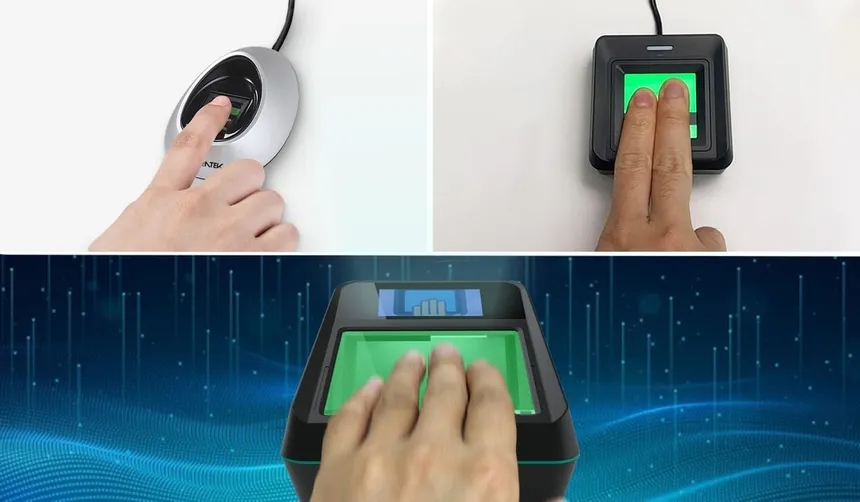
6. Conclusion
Fingerprint scanners are a crucial part of the modern digital security landscape, offering a blend of convenience, reliability, and strong protection. The different types of fingerprint scanners—optical, capacitive, and ultrasonic—each have their unique strengths and weaknesses. As the technology continues to evolve, fingerprint scanning will likely become even more advanced, providing enhanced security features that keep our data and identities safe.
Subscribe to my newsletter
Read articles from Ayan directly inside your inbox. Subscribe to the newsletter, and don't miss out.
Written by

Ayan
Ayan
"I post blogs here in a simple way, so that a 5-year-old can read and understand them."